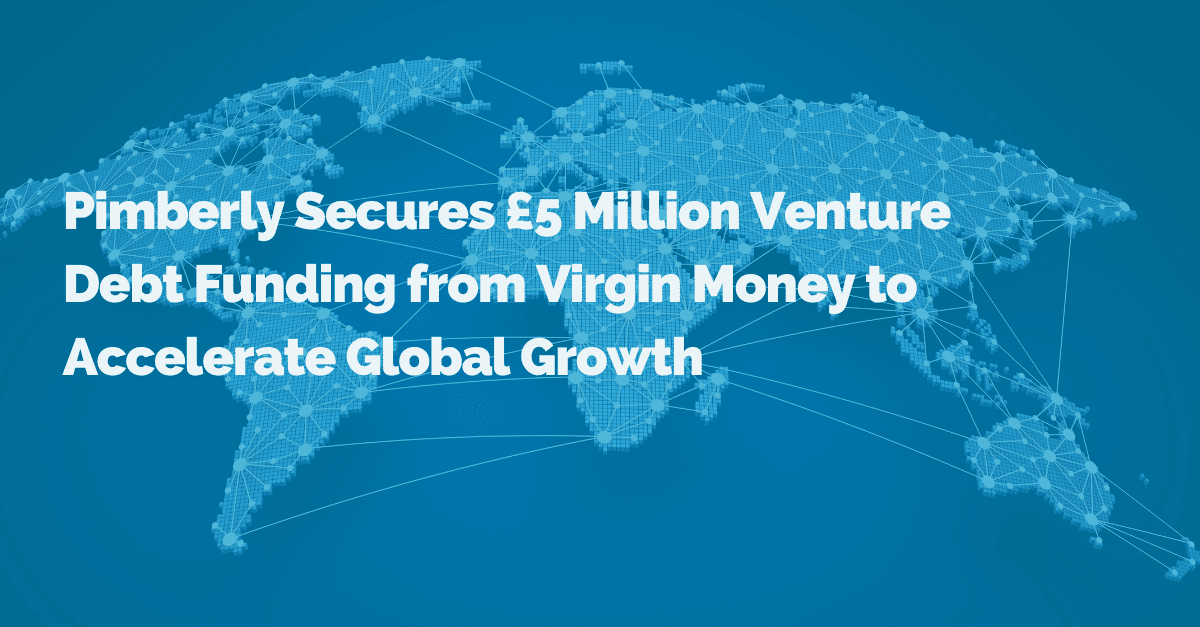Key Takeaways:
-
A PDP (Product Detail Page) is where conversion happens in eCommerce — it’s the page that tells customers everything they need to know before hitting “Add to Cart.”
-
PDPs drive search visibility, brand trust, and sales performance when executed well.
-
PIM systems ensure PDPs are populated with rich, consistent, and accurate product content at scale.
What Is a PDP in eCommerce?
In eCommerce, PDP stands for Product Detail Page — the individual product page where customers find all the essential information they need to make a purchase decision. This includes the product name, images, description, price, availability, technical specs, size guides, reviews, and more.
Think of the PDP as the digital equivalent of a store associate standing next to a product display — it’s your chance to explain, inspire, and convert.
While homepage design and category pages matter for navigation and discovery, the PDP is where decisions are made. As the Nielsen Norman Group points out, product detail pages are often the “most-visited” parts of an eCommerce site, and are critical to a user’s overall impression of your brand.
Use Cases
PDPs are the linchpin of any product-based digital experience. Whether you’re selling on your own site, a third-party marketplace, or even through headless commerce channels, PDPs:
-
Showcase detailed product attributes (e.g., size, color, materials)
-
Support SEO via long-tail keywords and structured data
-
Offer high-resolution images, 360° views, or videos
-
Build trust with customer reviews and user-generated content
-
Enable upsell and cross-sell with related products or bundles
Why PDPs Matter for eCommerce Retailers, Distributors, and Brands
Challenge #1: Low Conversions Due to Incomplete Information
Customers don’t convert when they’re confused, under-informed, or uncertain. A PDP that’s missing crucial specs, unclear on availability, or outdated in its imagery can cause friction and abandonment.
Solution: Enriched and Accurate Product Pages
Optimizing your PDPs means giving your customers everything they need to say “yes.” That includes:
-
Precise specs and dimensions
-
Up-to-date pricing and availability
-
Lifestyle imagery and videos
-
Comparison tables and certifications
-
Trust signals (e.g., shipping/returns, reviews, warranty)
When PDPs are done right, brands see stronger SEO rankings, lower return rates, and higher average order values.
How PDP Optimization Drives Revenue and Loyalty
Key Feature #1: Search Visibility via Structured Content
Google’s shopping algorithm and most marketplace search engines prioritize PDPs with structured, detailed, and keyword-rich content. A well-built PDP supports search crawling with metadata, schema markup, and high-content density.
For example, a PDP that uses “Bluetooth 5.3 wireless earbuds with active noise cancellation” instead of just “wireless headphones” ranks better for specific searches — and converts better too.
Use Case Example: Apparel Retailer with Incomplete Size Charts
Let’s say an apparel brand sells across Amazon, Shopify, and Zalando. On Zalando, returns are surging. After review, the culprit is missing or vague size charts on PDPs. By updating all PDPs with region-specific sizing guides via a centralized system, the brand cuts returns by 22% and boosts repeat purchases.
That’s the power of an optimized PDP — it saves money, increases customer confidence, and drives loyalty.
PDP and PIM: How Structured Product Data Leads to Great Product Pages
Product Detail Pages are only as strong as the product information powering them. And when you’re managing thousands of SKUs across multiple platforms, maintaining PDP quality becomes almost impossible without a Product Information Management (PIM) solution.
Here’s how a modern PIM solution enables better PDPs:
-
Centralization: One source of truth for product data across all sales channels.
-
Localization: Adjust sizing, currency, and language for global markets.
-
Enrichment: Add rich media, tech specs, certifications, and user manuals.
-
Syndication: Push updates to Shopify, Amazon, eBay, and more — automatically.
-
Speed: Launch new PDPs faster by automating content workflows.
Brands using a PIM can roll out fully optimized PDPs in days rather than weeks — and adapt instantly to marketplace requirements or SEO trends.
FAQs
Q: What makes a good PDP in eCommerce?
A: A good Product Detail Page is clear, comprehensive, and conversion-focused. It includes high-quality imagery, specific product specs, real-time availability, shipping details, and trust-building content like reviews or certifications. The best PDPs also follow SEO best practices to boost visibility.
Q: What role does a PIM play in managing PDPs?
A: A PIM ensures your product content is accurate, complete, and consistent across every platform where your PDP appears. This reduces errors, minimizes returns, and supports faster go-to-market execution. It’s a must-have for any brand managing product data at scale.
Q: Is PDP content the same on marketplaces as on D2C sites?
A: Not always. Marketplaces like Amazon or Walmart have strict formatting and character limits, while your D2C site might allow for more creative storytelling. A PIM helps tailor PDP content per channel without duplicating effort.
Takeaways for Brands Looking to Improve PDP Performance
To summarize, your Product Detail Page (PDP) is the digital shelf where conversion happens. For eCommerce retailers, distributors, and manufacturers, it’s where trust is built, and revenue is won.
Yet, many brands still treat PDPs as static templates rather than living, strategic assets. By investing in better product information management, and optimizing PDPs with structured, enriched, and personalized content, brands can unlock major gains in:
-
Organic traffic from search
-
Marketplace performance
-
Conversion rates
-
Customer satisfaction and retention
Next steps? Audit your existing PDPs and see how they stack up against best practices.
Are your images up to date? Are you surfacing the right specs? Is your content localized for global buyers? These are questions you need to constantly ask in order to have your PDPs consistently optimized.
To dig deeper into how you can level up your PDP strategy across channels, check out our blog on Product Page SEO — or explore how Pimberly helps brands build, enrich, and syndicate PDP content at scale.




















